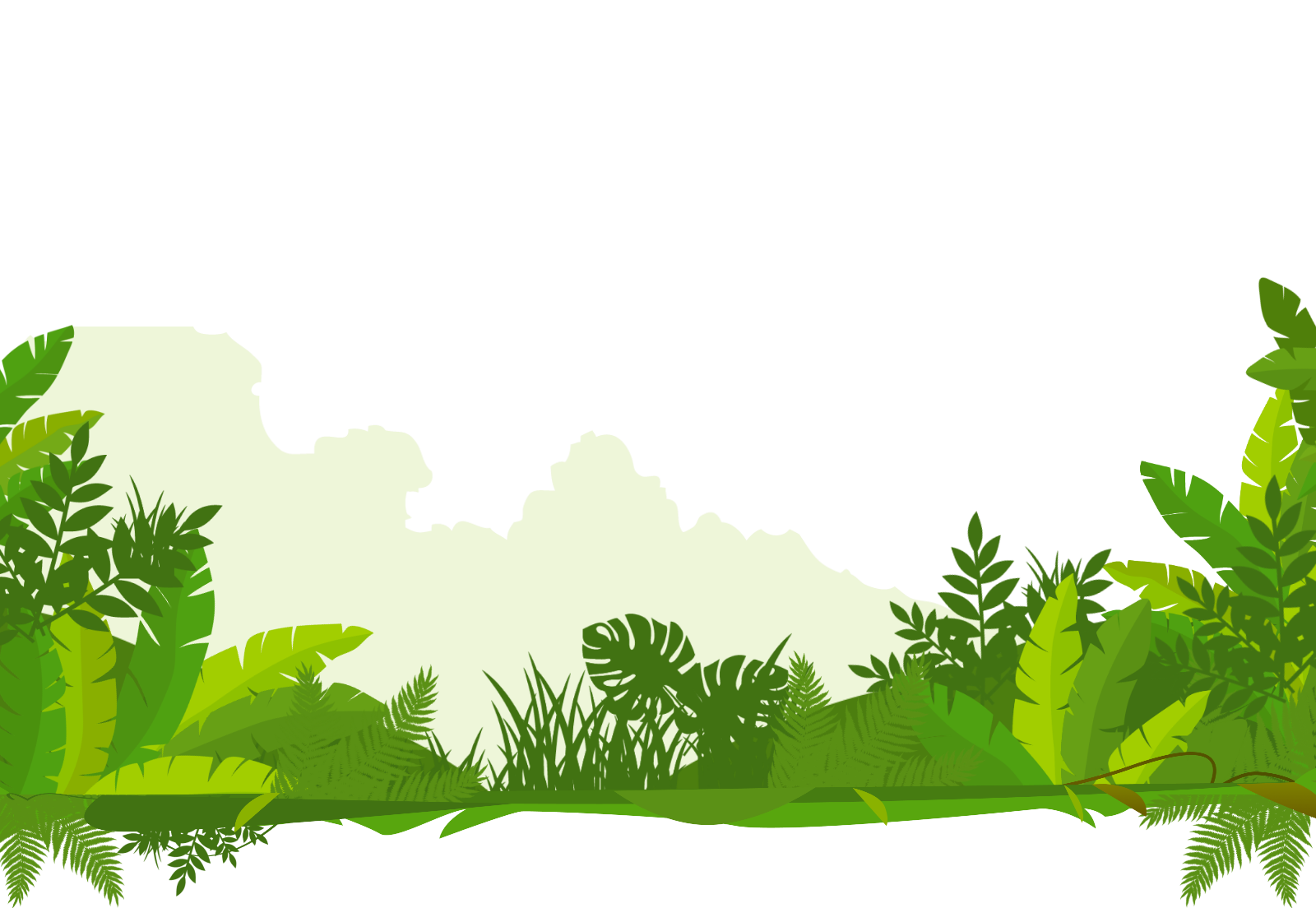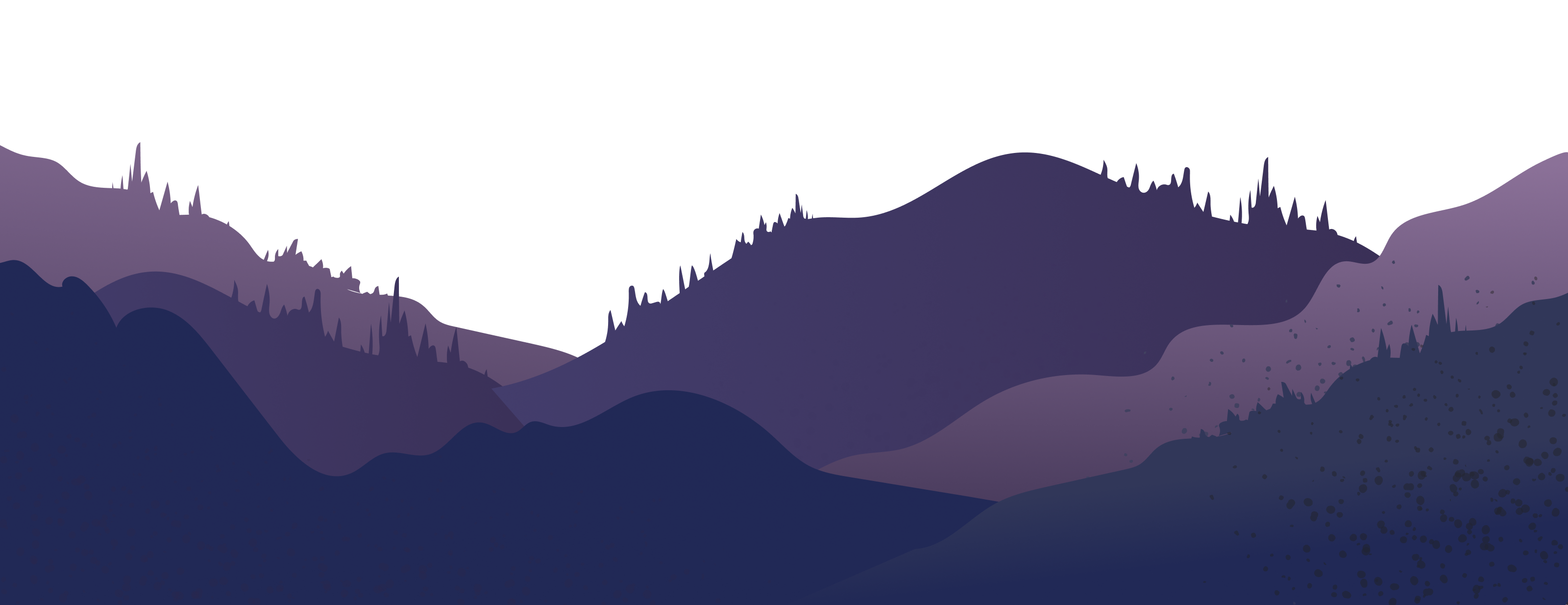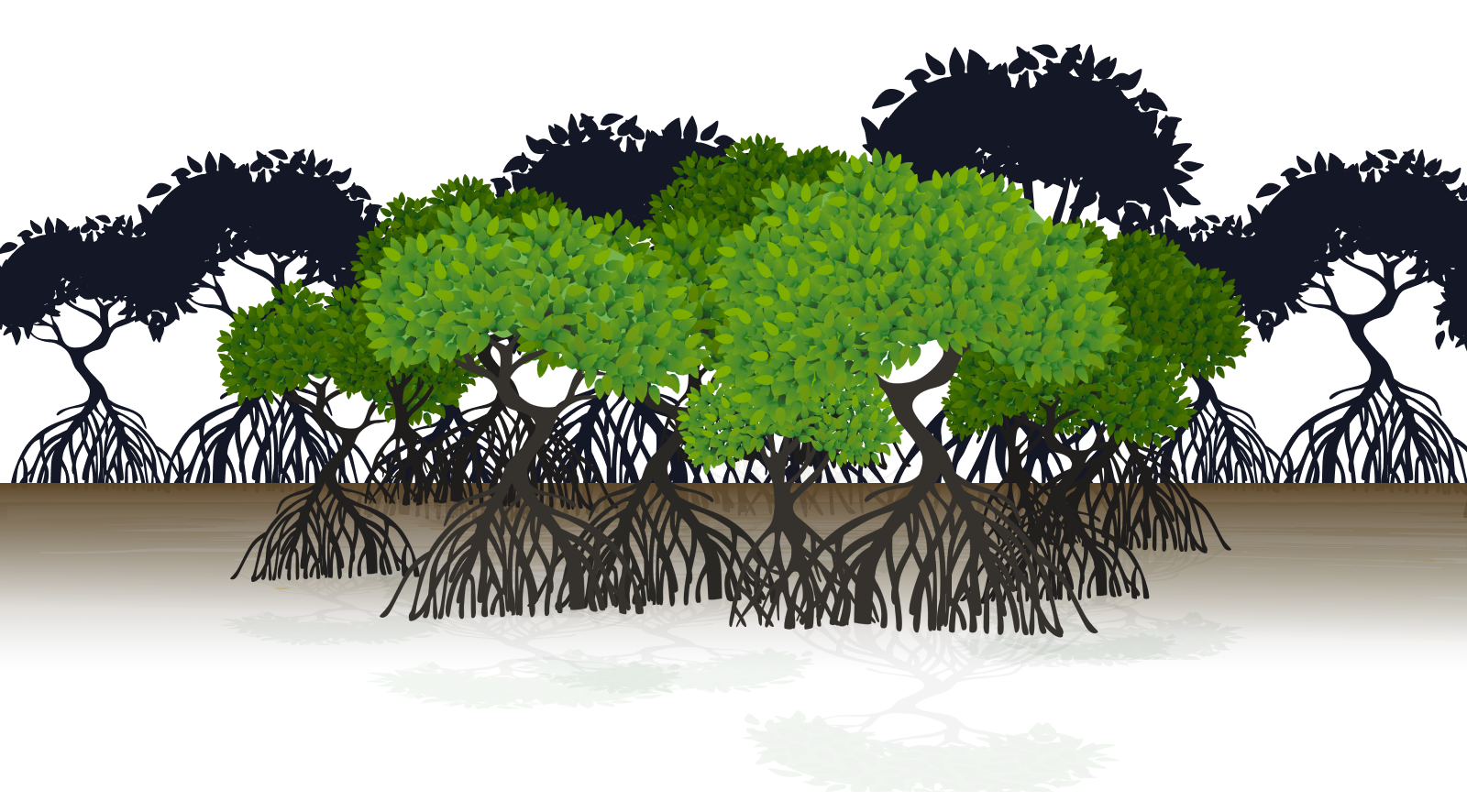圖片

MSIG致力透過全球保險及金融服務業務,為客戶提供保障,投入建設豐盛社會,為全球建立穩健未來。作為一家觀察入微的保險公司,我們認為保護生物多樣性是建立健康生態系統的重要基礎,因為它為我們帶來必需的資源,例如食物、水源和藥物。這些都是我們賴以為生的關鍵,並能建立可持續發展的社會。


MSIG與保護國際基金會—亞太區分部(CIAP)合作,透過支援森林和海洋的保育行動,保護生物多樣性。此合作將支持自然氣候解決方案 (Natural Climate Solutions) 。大自然能協助消除或避免碳排放,為緩和氣候變化帶來30%的保育方式。














森林是地球上生物多樣性最豐富的生態系統之一。熱帶雨林是許多物種的棲息地,其數量比任何陸上生境都要多,無論在覓食、成長、以至求生等多方面,牠們全都互有關聯。
例如﹕
森林為動物提供棲息地。
部分動物進食植物為生。
植物需要健康的土壤令其成長。
真菌協助分解有機物質,令土壤變得肥沃。
在以下例子,我們可看到森林、馬來穿山甲和白蟻的相互關聯性,以及森林對人類的影響。
森林不僅是動物和植物的棲息地,而且對人類也極為重要。健康的森林能減低洪水和旱災的影響,因為森林能夠調節流向城市及市鎮的水流。此外,全球共有120種處方藥物的成分,是直接從森林的植物中提煉而成。樹木也能吸收熱力及釋放生物所需的氧氣,緩和溫室氣體造成的影響。保護森林,就是保護生物多樣性,這也影響我們賴以生存的空氣、食物和水分。
紅樹林
海洋
海洋是全球最大的生態系統,孕育了數量驚人的植物及動物物種,例如海草、珊瑚、魚類、魟魚、海龜、儒艮,還有微藻類、浮游生物等等。每個物種間都有互相依賴的關係。
例如,當海水溫度出現變化,便會影響在該處生長的植物物種。以進食這些植物為生或作為居所的動物,必須適應此變化,或遷移到其他生態系統,否則便會滅亡。同樣,這些變化也對我們造成重大的影響。
在以下例子中,我們會看看鯊魚如何保持海洋的健康。
鯊魚數目的減少令珊瑚礁數目下降。若珊瑚礁的生態系統中缺少了鯊魚,石斑魚等大型掠食者的數量便會增加,並獵食草食性魚類。當草食性魚類數量下降後,微藻類便會大量繁衍,令珊瑚無法競爭,整個生態系統便會被藻類侵佔,危及珊瑚礁的存亡。
珊瑚礁非常重要,因為它們為魚類和其他海洋生物提供生存環境及棲息地,當中包括鯊魚。捕漁業也依靠珊瑚礁維生,因為珊瑚礁是魚類產卵的地方,也是魚苗在游出大海前的棲息地。珊瑚礁亦能保護海岸線和弱勢的社群,免受巨浪和熱帶風暴衝擊。
紅樹林
森林
紅樹林是大自然中調節氣候的重要角色,能夠緩和氣候變化。它們的碳儲存量,是森林的三倍以上,可把碳存放在植物和沉積物中,這些碳被稱為「藍碳」(blue carbon)。雖然紅樹林的覆蓋範圍只佔全地球陸地的0.1%,但它們能夠吸收的碳份量,卻是森林的四倍。
此外,紅樹林也是全球生產效率最高、生物多樣性最豐富的生態系統之一。它們是多種海洋生物的重要生境,例如笛鯛、鯊魚、海牛、螃蟹等等,牠們都依賴彼此維生。
以下例子展示紅樹林如何為巖礁中的魚類提供食物。
上述例子展示了紅樹林如何為巖礁魚類提供食物,繼而供我們食用。
它們也是數以百萬人的生計來源,為全球不同社群帶來工作機會及其他資源。
海岸邊的紅樹林也為部分弱勢的沿岸社群提供長期保護,免受颶風、風暴潮、巨浪和水浸的影響。
海洋
森林

Life on Earth consists of millions of species of plants, animals, insects and micro-organisms, spread across different habitats—from rivers and rainforests to deserts and oceans. This vast variety of life is called biodiversity. ‘Bio’ means life, and ‘diversity’ means variety.
Our world is like a web made up of many strands, each representing the different living species within an ecosystem, all connected together. Forests are homes to animals. Animals consume plants. Bees and other insects help in plant pollination. Plants need healthy soil to grow. Soil is fertilised by fungi that decompose biological matter. Each species, no matter how small, has a role to play in the natural ecosystem and maintaining a planet with a population of more than 7 billion people. When one connection is broken, the whole web becomes more unstable and less resilient.
Biodiversity is fundamental to thriving communities and vital to the well-being of our planet. It is at the heart of Earth’s life-support systems, which we all depend on. Mother Nature’s natural ecosystems and rich biodiversity are crucial in providing us with many wonderful and invaluable things that we take for granted:

A stable supply of food

Clean water

Medicines

A source of oxygen

Economic activity

A stable climate

Less natural disasters
.
Over the past 40 years, populations of mammals, birds, fish, reptiles and amphibians have, on average, declined in size by 60 per cent in just over 40 years*, and is expected to drop even further.
Unfortunately, the main reason for this tragic loss of biodiversity is us—the human race. We have cut down forests, released greenhouse gases into the atmosphere, and filled our rivers and oceans with plastic and harmful chemicals.
Irresponsible consumption of resources and unsustainable developments have also destroyed the natural habitats of countless species and consequently accelerated the rate of global warming and worsened the impact of natural disasters. However, while humans may be the cause, we can also definitely be part of the solution.
*Source: Wildlife population has fallen by 60% in just over 40 years. (WWF Living Planet Report, 2018)